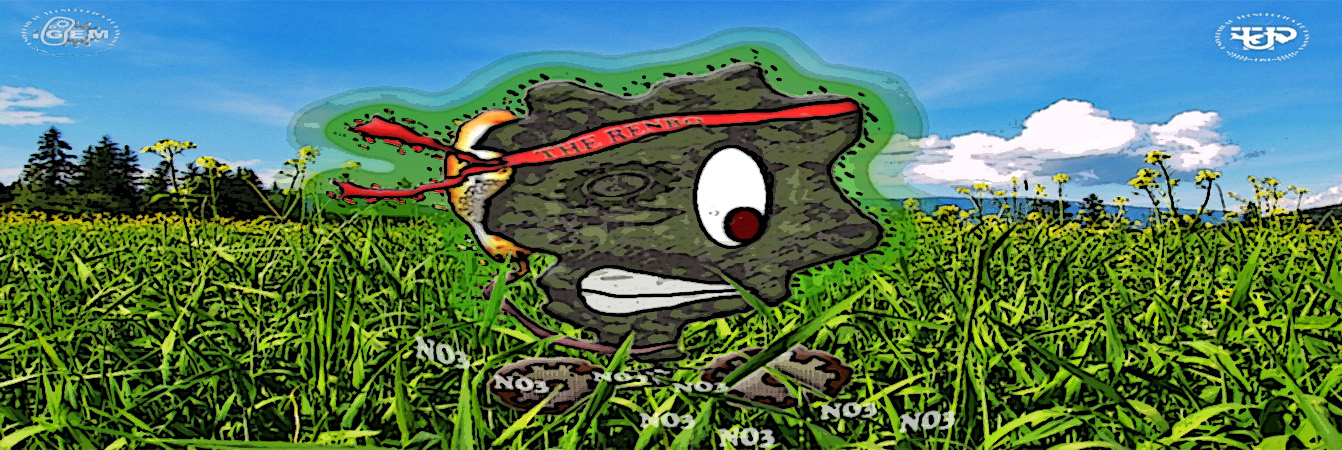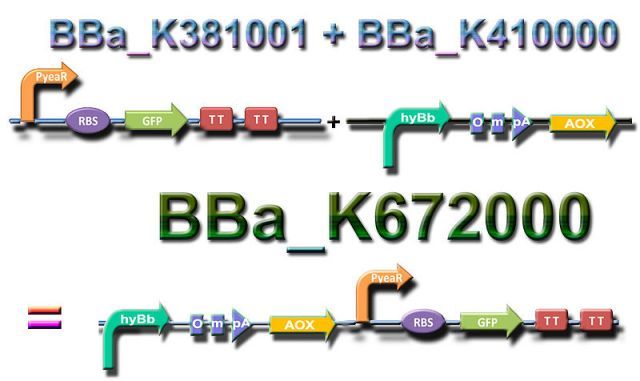Team:UTP-Panama/Project
From 2011.igem.org
(→REFERENCES) |
(→Project Description) |
||
| Line 88: | Line 88: | ||
| - | Future Develops | + | ===Future Develops=== |
At this moment | At this moment | ||
Revision as of 02:03, 29 September 2011
|
Home |
THERMOGENIC RESPONSE NUTRIENT BIOSENSOR (THE RENBO)
INTRODUCTIONEn la ingeniería se necesitan de sensores robustos y que puedan funcionar bajo diferentes condiciones y rangos.
En pasadas ediciones de iGEM se han dado intentos por lograr que cada vez más los microorganismos (as machines & sensors) resistan y funcionen antes divesas condiciones de estres. El UTP-Panama en su visión de desarrollar herramientas ingenieriles a partir de biotecnología, se preocupo por mejorar y crear sensores más robustos a las condiciones ambientales y climáticas. En este sentido uno de los mayores retos esta en la capacidad de los microorganismos de seguir trabajando bajo cambios de temperatura, ya que pierden capacidad a bajas temperaturas (D’amico, et al. 2006). Este problema ha sido atacado por diversos equipo como el UNAM-Cinvestav 2010, utilizando el CspA promoter como un mejor promotor para bajas temperaturas en combinación con la proteina anticongelante (AFP) [1]. Nosotros el UTP-Panamá Team busca extender el rango de sensores a partir de la utilización de la AOX enzyme (Alternative oxidase), la cual principalmente ha sido diseñada para responder a Cold-shock, elevando la temperatura. A continuación explicamos porque. El biosensor escogido para las mejoras es el Nitrate Biosensor (PyeaR - GFP composite) developed by Team BCCS-Bristol 2010, el cual es un sensor para medir los niveles de Nitrogeno (nutrientes) en el suelo, parametro muy importante para la actividad agricolaProject DescriptionThe original Biobricks para sensar los niveles de Nitratos en el suelo desarrollado por Bristol iGEM Team 2010[2], estaba diseñado para funcionar a temperaturas ambientes, en especial para 37°C, utilizando el Biobricks PyeaR promoter[3].
Nosotros el UTP-Panama iGEM team buscamos extender el rango de funcionamiento optimo del sensor desarrollado por Bristol a temperaturas por debajo de los 20°C, ya que muchos de los cultivos en Tierras altas (cafe y frutas), se encuentran en este rango. Para resolver este problemas encontramos que la utilización del AOX enzyme (Alternative oxidase), gene responsible for thermogenesis in the sacred lotus[4], principalmente utilizada en Synthetic Biology para generar un aumento en la temperatura periplasmatica, producia un interesante aumento en el crecimiento y densidades bacteriana con la dismunición de la temperatura [5]. Esta parte utiliza un promotor HybB [6]para "cold shock". Nosotros el UTP-Panama iGEM Team desarrollamos un nuevo "device" by combining the two parts, the AOX periplasmatic heat generator (Biobrick BBa_K410000) and the Nitrates biosensor (biobrick BBa_K381001), to create that we call THE RENBO, para lograr que nuestros medidores de Nutrientes funcione a bajas temperaturas. The Renbo is the first of a family of improved Biosensor that the UTP-Panama Team want to create.
Future DevelopsAt this moment
The original BrainStorms ideasTo see the Original Project Description June-July 2011 click here. Our Project DesignThe Bristol BBa_k381001 encodes an expression of GFP in response of Nitrate or Nitrites that expresses fluorescent signals upon nutrient detection, its principal application is that allows farmers to quantify soil nutrient content. The BBa_k410000 is a fusion of the HydB cold shock promoter, the OmpA a signal peptide, and AOX 1 . AOXa is a alternative oxidase found in Sacred Lotus. This is going to produce a increase of heat above ambient temperature as follow: · From 20 °C to 30 ° C the HydB promoter will express. By combining BBa_k38100 and BBa_k410000 we expected our part , the BBa_K672000 , to be able to sense nitrate and nitrites even after experiencing a cold shock at 20º C, making our BB employable in other places where the temperatures can be as low as 15º C. ResultsREFERENCES[1]https://2010.igem.org/Team:Mexico-UNAM-CINVESTAV/Project/Our_project [2]http://partsregistry.org/Part:BBa_K216005
REFERENCES[1]https://2010.igem.org/Team:Mexico-UNAM-CINVESTAV/Project/Our_project AknowledgementsTo: Dr Nigel Savery University of Bristol To help us to understand the AgrEcoli Experiments and Project. |
 "
"

